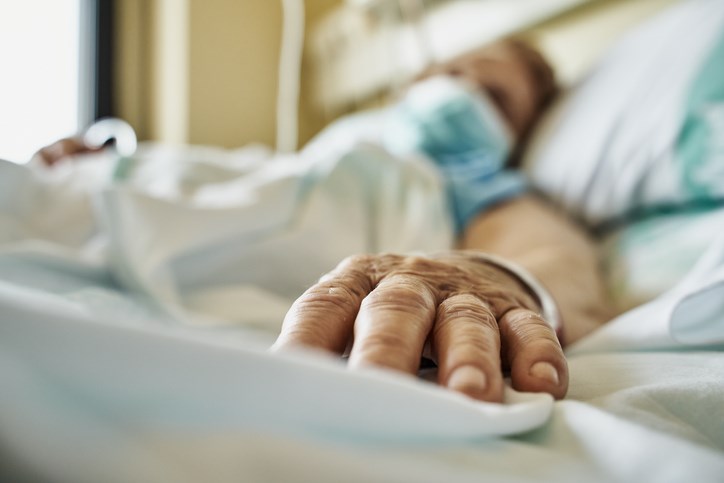REGINA — Chief medical health officer Dr. Saqib Shahab said that while Saskatchewan's new daily cases have begun hovering instead of increasing over the last few days, concerns have not abated regarding the ongoing fourth wave.
Saskatchewan has reached a province-wide vaccination rate of 74.6 per cent with both doses, an increase from the 72 per cent reported the week before the proof of vaccination policy was announced.
Government officials have continuously pushed for more residents to seek immunization, as the long-term plan to combat COVID-19.
Shahab said that he sees “no excuse” to not get vaccinated, as the rate of adverse reactions to the vaccine is incredibly low in Saskatchewan.
“We should aspire to vaccination rates in the high nineties, because other provinces in Canada have shown that’s possible,” said Shahab. “And I am not willing to accept that we, in Saskatchewan, should be behind [because] we’re rural, remote. That’s not a valid excuse and I think we should catch up.”
Shahab said that while the province is seeing an increase in vaccination uptake, it will take time to see if case numbers react with a decrease as a continued trend.
He described the province’s current situation as a “plateauing at a high number,” and indicated that if Saskatchewan were to see another bump in cases, gathering restrictions may be the next public health order considered.
“If numbers stay as high as they are, it may not be sustainable for the health system,” said Shahab. “And if we see an increase in case numbers again, I think we have to be very cautious.”
Shahab advised residents to voluntarily follow some personal restrictions, including limiting social contact and avoiding big private gatherings.
“We really need to bring our numbers down, through all the measures we take based on the public health orders, but also voluntary caution,” said Shahab. “My strong recommendation is that we are very careful about personal gatherings in the home because inside the household is where the bulk of transmission happens.”
Shahab also said that an expansion to the booster program is in the works, with details expected in the coming weeks, as well as a plan to deliver vaccines to children under the age of 11 once approval is recieved from Health Canada.
He also advised residents to book in for a flu vaccine, to help avoid further non-COVID pressures on the healthcare system and unnecessary testing due to similar symptoms.
Marlo Pritchard, COVID response lead at the Provincial Emergency Operations Centre, said that Saskatchewan has now reached out to both Manitoba and Ontario to potentially take COVID-19 patients for care.
Contracts with air ambulance providers for patient transport have also been made, although officials said there is no defined threshold to activate the transport plan as it will rely on ICU care capacities.
SHA infrastructure management director Derek Miller said that other conversations have also taken place with other provinces, about possibly providing ICU-trained personnel to ease the strain.
“It was a broad request, of any types of providers that may be able to deliver support within that kind of environment,” said Miller.
Miller said that half the provinces spoken to had said they were unable to offer help, but did not indicate which provinces those were.
No specific resource requests have been made to federal jurisdictions, said Pritchard, but the PEOC is continually evaluating options and monitoring health care capacity.





